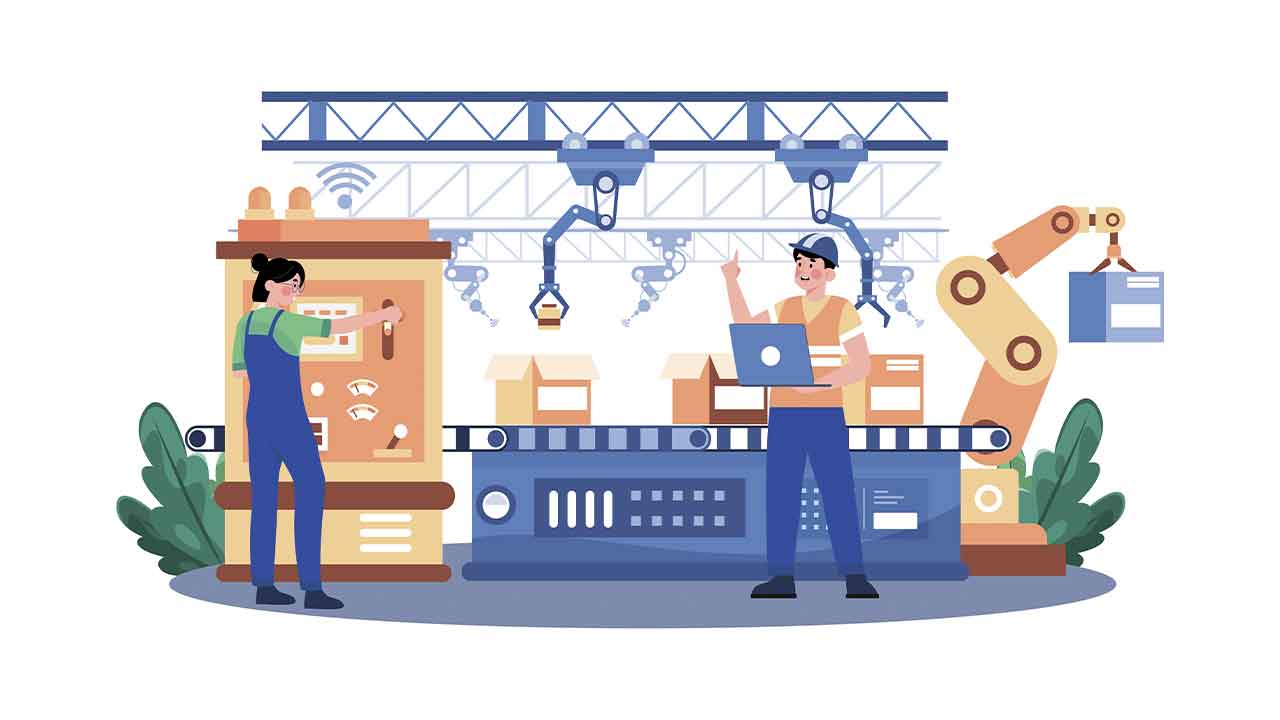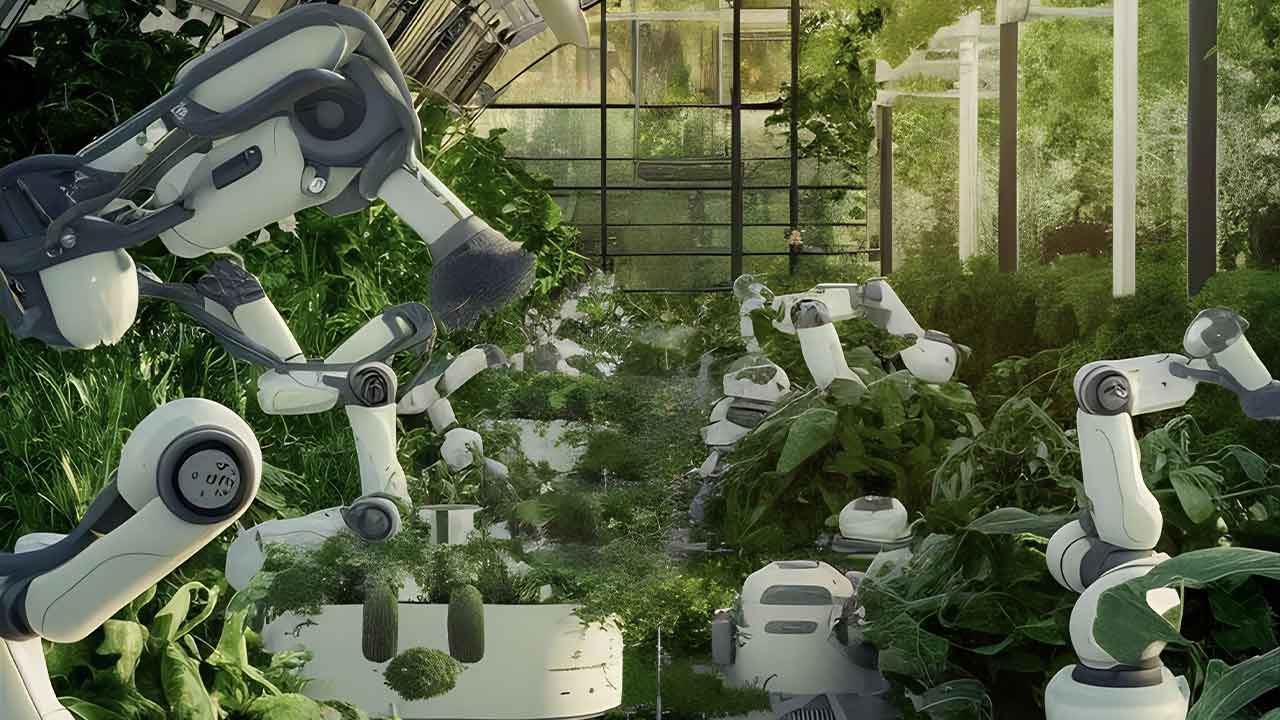There Can Be No Business Transformation in Isolation from Sustainability
Sustainability has been on the edge of conversations for a long time as companies have been trying to see what it means. It has now moved from being a moral imperative to a business imperative, and effectively, it’s an imperative for humankind.
The imperative is summed up by two recent conversations I had with customers, one with one of the world’s largest CPG companies, the other with one of the world’s largest discrete manufacturing companies. In both instances, they simply switched from the usual conversation around transformation and optimization to the topic of sustainability in manufacturing, saying it must be woven into the core of the business. Both customers said the same thing: their head of sustainability is now part of boardroom discussions. Their main concern is that sustainability is going to spin off as a separate silo if it’s not woven into the core of the organization. These customers were clear: what we do is done on SAP, hence you need to work with our sustainability officer to embed sustainability in our operations. There can be no business transformation in isolation from sustainability.
In the past, part of the challenge of becoming more efficient was that organizations didn’t have access to data in real time, so they weren’t able to act on it in real time. Now, it’s possible to solve that problem with SAP S/4HANA. Organizations want to do the same thing with sustainability. They don’t want to just figure out what their carbon footprint or plastic waste is, they need to know what it is in real time and how they are going to change it because otherwise all they know is they have a problem.
Daunting Urgency
Customers can often be overwhelmed by the urgency of the topic and the magnitude of the task. Many are still in the process of understanding scope three emissions, analyzing the levers to reduce the impact and exploring options to move from industry standards to primary carbon data exchanged with their main suppliers
We also need to make sure that we’re not boiling the ocean. Take the carbon footprint for packaging as an example. You don’t capture 100% of your carbon footprint right away, but you can capture carbon footprint over a sizable portion of the value chain.
The first thing is to give customers an early insight and early win for the business, something concrete they can resolve. When they realize how much they accomplished by capturing 60% of their footprint, then they can look at the remaining 40%, which could be scope three upstream. You tackle this enormous problem by breaking it down into chunks and amplifying early quick wins to take the organization with you on the journey.
Transformation Fatigue
Change is the only constant, so it gets tiring, especially as we often see one transformation leading to another.
The technology decision is one of the easier decisions to make during a transformation. Many of our customers have been with us on this journey over the course of our fifty years, and they’re confident of our strategy and vision. What they really want to know is how we manage change and help them comply with new regulations, as well as how we can help them take their organizations with them on this journey. They ask, how can SAP own the delivery of their transformation outcome and help accelerate their time to value.
We must ensure that their employees are willing participants and not just recipients of the transformation. Cloud transformation is a methodology from a technology perspective, but it’s truly amazing from a business capability perspective because it compresses and accelerates the time to outcome. By transforming their business with services in the cloud, our customers are able to remove the fatigue that comes with long-term transformation. Projects that previously took years are reduced to months, allowing teams to refocus on their longer-term goals in much shorter time frames.
In a nutshell, how we change the organization is about focusing on customer outcomes and not about selling a product. It’s not about product out. It’s about customer in.
Inspiration and Optimism
Sustainability and caring about the environment are part of a mindset that already belongs to the younger generations. Millennials are looking at solutions in a different way than the generations that created the problems. They’ll be living with the consequences of whatever is done now to fix them.
One of my early managers used to say, forget about thinking in a box. You don’t know where the box is. I’m a massive optimist at heart. I believe in the collective intelligence as opposed to the individual intelligence. I’m inspired when I get people together and I see their eagerness, their intent and desire for things to get better. Things get better by doing one small thing at a time, by doing it every day, and doing it continuously in the long run.
This article was written by Judith Magyar, and originally it was published here.



